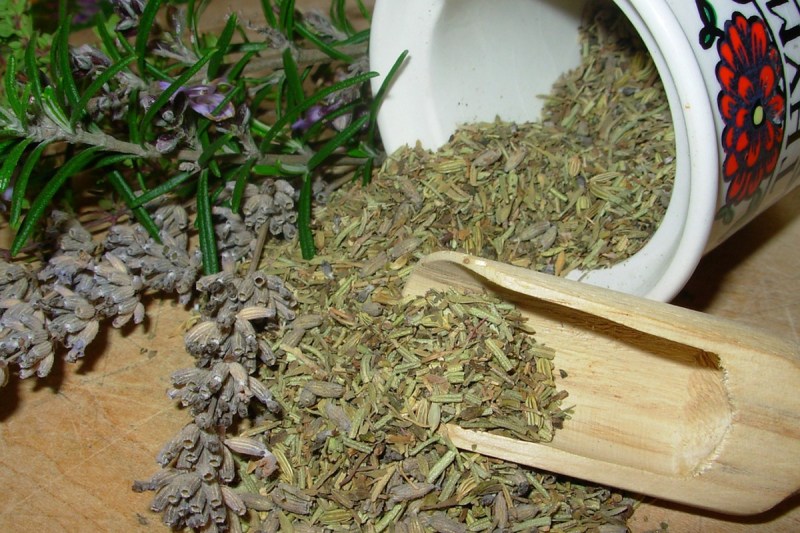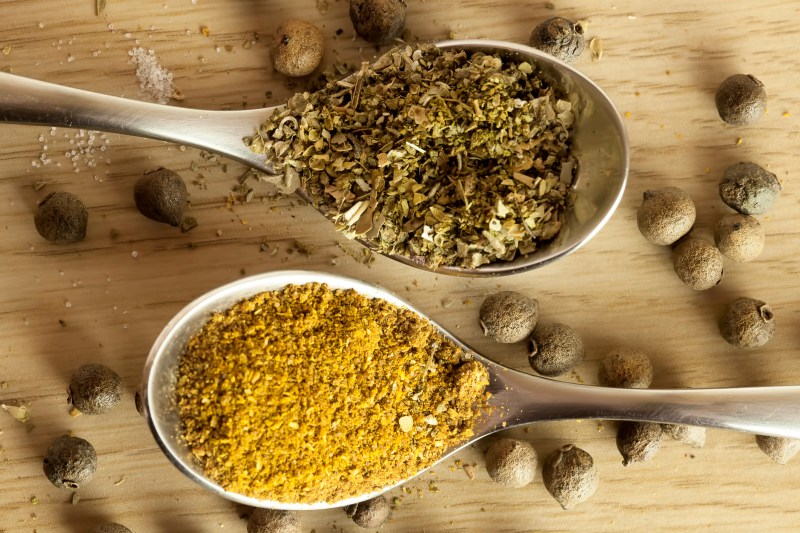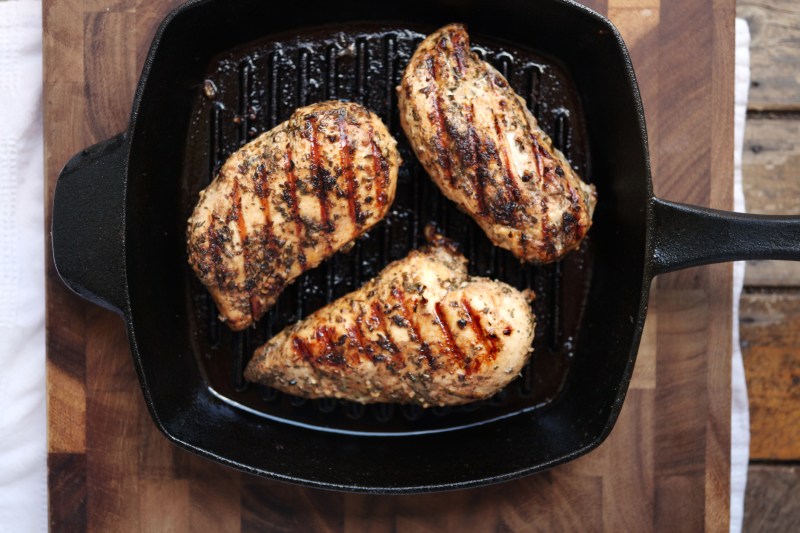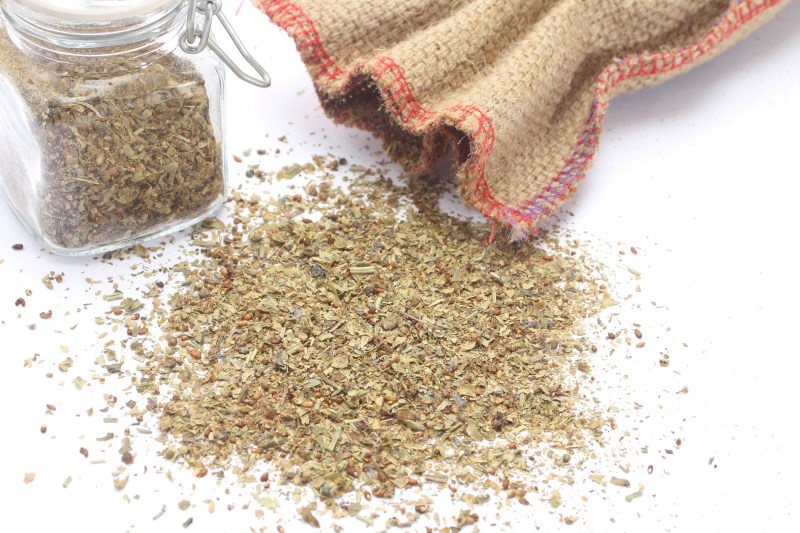
Herbes de Provence is widely considered one of the most essential spice blends in culinary history. But what is Herbes de Provence? Originating in Southern France, it’s aptly named for the combination of aromatic summertime herbs that grow wild and abundant in the hills of Provence.
Traditional Provençal herbs are said to include basil, thyme, rosemary, tarragon, savory, marjoram, oregano, and bay leaves. Whether used together or alone, these herbs of Provence are a core element in French and Mediterranean cuisine.
Famous chef and francophile Julia Child is credited with introducing Herbes de Provence into 1960s American kitchens in her cookbook, Mastering the Art of French Cooking. As Herbes de Provence spread from French recipes and into American markets, additional herbs such as sage, mint, and lavender were often added to the original mix. Other Provençal blends also became popular, like Fines herbes — made from chopped parsley, chives, tarragon, and chervil.
The simplicity and versatility of Herbes de Provence make it such a popular and timeless kitchen cabinet staple. The well-balanced but robust mix of seasonings can enhance a wide variety of dishes, from roasted chicken and vegetables to grilled fish, salads, soups, and stews.
Herbes de Provence vs. Italian seasoning
Herbes de Provence and Italian seasoning are both popular dried herb blends, and sometimes they can be confused, however, there are some key differences. Herbes de Provence, which we have established, hails from Provence, France, boasts a more delicate and floral flavor profile with the inclusion of basil, thyme, rosemary, tarragon, savory, marjoram, oregano, and bay leaves (and sometimes lavender). Italian seasoning is an Americanized blend that aims to capture the essence of Italian cuisine. It features a robust and savory profile with a hint of garlic. Typical ingredients include oregano, thyme, rosemary, marjoram, and sometimes sage or red pepper flakes.
While most people use Herbes de Provence in dishes like roasted chicken, fish, vegetables, marinades, salad dressings, and soups, Italian seasoning is more of a “workhorse” in many kitchens for Italian and Mediterranean dishes, such as pasta sauces, pizzas, soups, grilled meats, and vegetables. So some uses crossover between the two spices, and others don’t.
How to make Herbes de Provence

Herbes de Provence is easily found in stores; however, creating your own blend is effortless and the best way to enjoy all the spices in their freshest and Frenchest form.
Ingredients:
- 1 tablespoon dried thyme
- 1 tablespoon dried basil
- 1 tablespoon dried rosemary, crushed in a spice grinder
- 1 tablespoon dried tarragon
- 1 tablespoon dried summer savory
- 1 teaspoon dried marjoram
- 1 teaspoon dried oregano
- 1 bay leaf, crushed
Method:
- Add all the herbs and spices to a mixing bowl and stir until combined.
- Store your mixture in an airtight container and use it to season your favorite dishes.
How to cook with Herbes de Provence

Herbes de Provence can be used to enhance a variety of dishes, including salads, roast chicken and beef, fish, vegetables, soups and stews, and of course, classic French dishes like ratatouille. The blend is a great base for rubs and marinades, and with just a bit of oil, it makes a simple Provençal salad dressing. When cooking, sprinkle Herbes de Provence in before or during cooking to allow them to cook and express the maximum flavor and aroma. Try mixing Herbes de Provence with olive oil, sea salt, and lemon juice for a simple seasoning for coating a chicken breast or thighs.
Several herbs and spices are considered Herbes de Provence. Many versions of the blend you’ll find in stores include lavender, but traditional Provençal recipes do not. Different herbs pair well with different foods, so making a variety of Herbes de Provence blends is a great way to experiment with flavors and make a few spices go a long way. Try a tarragon blend for chicken, an allspice blend for beef, a fennel blend for fish, and a rosemary blend for lamb.
Fines herbes is a variation of Herbes de Provence with a set list of ingredients and a very distinct taste. Fines herbes is made from chopped parsley, chives, tarragon, and chervil and are used to enhance dishes like salads, pasta, fish, and eggs after cooking.
How to store Herbes de Provence

Herbes de Provence should be stored in an airtight container like a glass jar with a tight-fitting lid and kept in a cool, dry place away from light and heat. A fresh spice blend will last between six months and a year.



